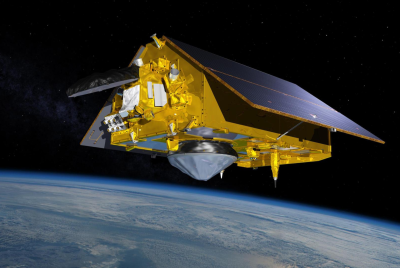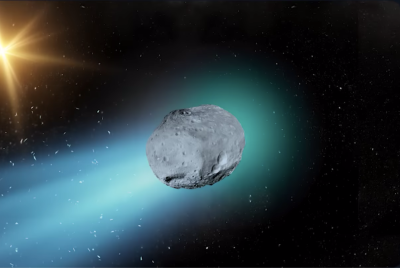NASA Scientists Stumped by Alien Rock Formations Not Native to Mars
Something strange has been captured by NASA's Mars Rover

NASA's Perseverance rover found a rock on Mars, which scientists believe could be foreign to the red planet.
The rover discovered a boulder located near the rim of the Jezero crater within the Vernodden area. According to the space organisation, the rock is around 80 centimetres across. NASA now calls it 'Phippsaksla.'
What Scientists Found Odd
Using the SuperCam, further observations from the Perseverance rover showed the scientists that the rock did not originate from Mars.
According to a write-up from NASA, the rock's composition is 'high in iron and nickel.' The element combination is reportedly associated with the iron-nickel meteorites developed in the middle of massive asteroids.
It could mean that the boulder was formed in a different location in the solar system and then ended up on Mars.
Speaking with The Daily Mail, Professor Gareth Colins from Imperial College London said that the red planet is often hit by meteors.
'At some point in time, the entire Martian surface has been shaped by impacts,' the expert on meteor impacts shared. 'Meteors are expected on Mars on a daily basis; we don't know the number precisely, but there should be lots each day.'
Experts Weigh In
Most of the meteorites that drop on Mars are mostly rocky, while approximately one in 20 are high in iron and nickel.
Another expert shared his hypothesis about the rock.
University of Birmingham's Dr Gareth Dorrian believe that the newly discovered rock on Mars could have come from the asteroid belt.
'These particular meteorites are quite resistant to chemical weathering and are more likely to survive the fiery fall through a planetary atmosphere,' he said.
Since Phippsaksla is very unusual in Mars, the scientist from NASA stated that they will need additional time to analyse its composition and confirm if it is indeed a meteorite.
'But if this rock is deemed to be a meteorite Perseverance can at long last add itself to the list of Mars rovers who have investigated the fragments of rocky visitors to Mars,' NASA stated.
Updates on Nevado Sajama Drilling
In other parts of Mars, the NASA rover Curiosity captured the successful drilling of the 'Nevado Sajama' drill hole.
The drilling team became more confident to proceed with working on the sampling due to the data gathered by ChemCam, APXS and MAHLI from the Curiosity rover workspace.
'MAHLI imaging revealed the presence of fine veins in both targets, and also confirmed the structural soundness of the drill target after the rover engineers tested the strength of Nevado Sajama by pressing down on it with the drill tip. The types of veins observed by MAHLI were investigated by ChemCam on broken bedrock faces that exposed both bright white and gray materials,' NASA reported.
The entire NASA team is eagerly waiting for the release of the CheMin results so they can be compared to the Valle de la Luna mineralogy that was previously gathered. 'We hope their comparison will provide us with new insights into how the boxwork unit came to be,' the experts from NASA added.
© Copyright IBTimes 2025. All rights reserved.





















